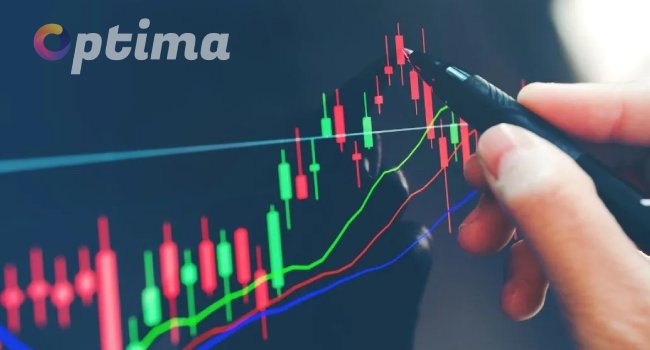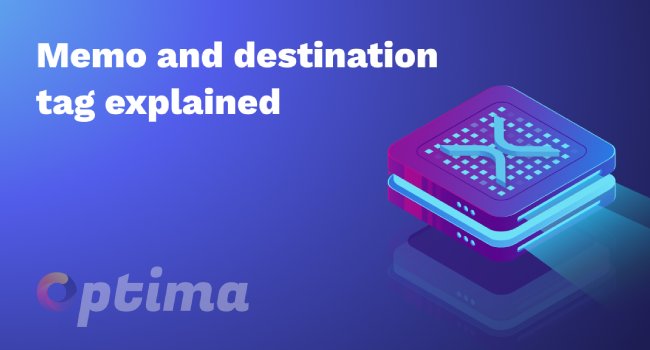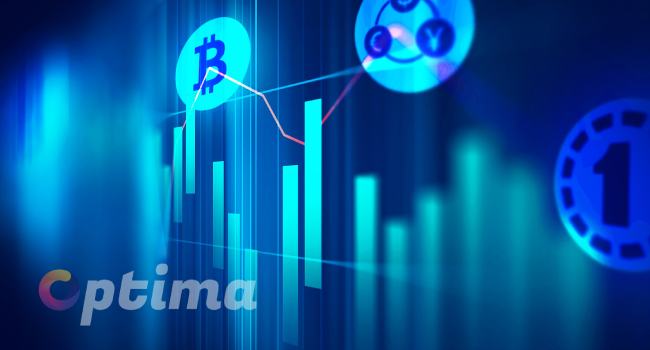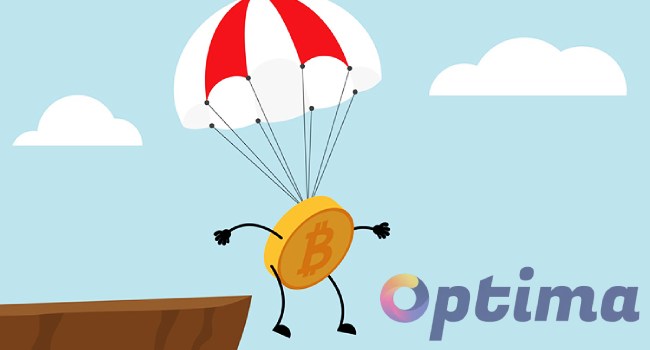Introduction
The arrival of bitcoin marked the beginning of a new concept – a trust-free system with digital scarcity. Before it appeared, it was very easy to copy anything digitally, but thanks to blockchain technology, it is now possible to create scarcity products in a digital environment, bringing the virtual world closer to the real world.
It is this idea that underlies the operation of non-transferable tokens (NFTs) or cryptocurrency items. Unlike cryptocurrencies, where all tokens are equal and interchangeable, NFTs are unique and limited in number.
NFTs are one of the fundamental elements of the new blockchain-based digital economy. They can be used in various fields: games, digital identity, licensing, certificates and art. Moreover, NFTs even allow the sharing of ownership of valuable items among multiple users.
What is a non-interchangeable token (NFT)?
A non-interchangeable token (NFT) is a type of cryptographic token in blockchain that is a unique asset. NFTs can be either fully digital assets or tokenized versions of physical assets. NFTs are unique and not replaceable, so these tokens are often used as proof of the authenticity of an item and ownership in a digital environment.ion.pdf
Interchangeability means that individual units of an asset are virtually indistinguishable and can replace one another. For example, fiat currencies are interchangeable because each unit is indistinguishable from another equivalent unit: a $10 bill can easily be replaced by any other $10 bill. This is a necessary quality for an asset that serves as a medium of exchange.
Interchangeability is one of the main properties of currency, which makes it possible to freely exchange similar monetary units, and their history cannot be traced. However, this property does not apply to collectibles in any way.
What if we could create digital assets like bitcoin, adding a unique identifier to each unit? Then each of them would become different from all the others (i.e., not interchangeable), which is the essence of NFT.
What is the value of NFTs?
The value of NFTs, like other things of value, is determined not so much by their qualities as by the people for whom they mean something. In other words, the value of such assets is determined by the belief in their value. Whether it’s fiat money, precious metals, or a vehicle, these things have value because people believe so. And if objects become valuable simply by virtue of someone’s beliefs, why can’t one believe in the value of a digital object?
What is NFT used for?
NFT can be used in decentralized applications (DApps) to issue unique digital assets and apply them to collections, investments, and more.
The game economy is nothing new – many online games have long had their own well-established economic model. In that sense, using blockchain technology to tokenize gaming assets is just another step forward. In fact, the use of NFT could potentially solve or mitigate the general problem of inflation common to many games.
As the digital space has evolved, another interesting use of NFT has emerged: the tokenization of real-world assets. Such NFTs are shares of physical assets that can be stored and traded as tokens on a blockchain. This gives many markets the liquidity they need, as without the use of NFT they would not be able to trade the same collectibles, real estate, art, and more.
Another application of NFT is digital identification. Storing identification and ownership information on a blockchain increases the integrity of information and the privacy of users around the world. At the same time, a simple and trust-free system of transferring these assets can save us from a lot of current problems in the global economy.
How to create an NFT?
Creating your own NFT based on BSC or Ethereum is very easy and can be done on numerous NFT platforms and exchanges. You will need some cryptocurrency to pay the creation fee and a digital file that you will turn into an NFT. In addition, you need to choose a platform to create NFT: Ethereum or Binance Smart Chain.
The traditional place of origin and development of NFT is Ethereum. This platform has a large user base and a developed NFT community, but because of the high fees small purchases, sales, and transactions get very expensive. BSC is a newer blockchain, but its NFT markets are already seeing significant growth, and transactions are much cheaper.
How to buy NFT?
Choosing an NFT trading floor is the first thing to consider when buying non-interchangeable tokens. But it’s also important to figure out the payment method. You can’t buy NFT with a credit card or PayPal – you’ll need a cryptocurrency wallet and some cryptocurrency.
History of CryptoKitties and Ethereum
One of the first popular projects with NFT was the Ethereum-based game CryptoKitties. In it, players collect, breed, and exchange virtual cats.
Each CryptoKitty cat has certain characteristics such as age, breed, or color – that is, each is unique and not interchangeable. In addition, the CryptoKitty token cannot be split into smaller pieces (like ether in gwei).
The CryptoKitties game is known for overloading the Ethereum blockchain due to a large number of users. About 25% of Ethereum traffic in December 2017 came from these collectible cats. The game had a big impact on Ethereum’s development, but other factors, including the initial coin offering (ICO) boom, also contributed to this.
CryptoKitties are one of the first examples of using blockchain not to create currency, but for
fun and recreation. Collectively, these virtual cats have attracted millions of dollars, and particularly
rare ones have been sold for hundreds of thousands of dollars each.
Popular projects using NFT and crypto collection
Many projects already use NFT as collectibles and tradable items. Let’s take a look at the most popular ones:
Decentraland
Decentraland is a decentralized virtual world where players can own and exchange pieces of virtual land and other NFT game elements. Cryptovoxels is a similar game where you can build, develop, and exchange virtual property.
Alchemy Toys
Alchemy Toys is a BSC game in which NFTs act as toys with unique serial numbers. Players collect these toys as NFTs, combine them to create higher-level toys, or sacrifice them to the gods (burn them). There is also a financial aspect to the game with the purchase and sale of these toys.
PancakeSwap
PancakeSwap is the most popular automated market maker on the BSC network in terms of volume. It is PancakeSwap that produces the most popular NFTs – collectible rabbits that are often raffled off among platform users. Some of them are purely decorative, while others can be exchanged for CAKE, the platform’s own token.
Gods Unchained
Gods Unchained is a digital collectible card game in which cards are released as NFTs on a blockchain. Because each digital card is unique, players can collect and sell them just like physical cards.
Conclusion
Digital collectibles have opened up entirely new opportunities for blockchain technology beyond traditional financial applications. By representing physical assets in a digital format, NFTs are becoming an important part of the blockchain ecosystem and the economy as a whole. The options for using such tokens are many, and it is likely that many developers will soon offer exciting new ideas for applications of this promising technology.










